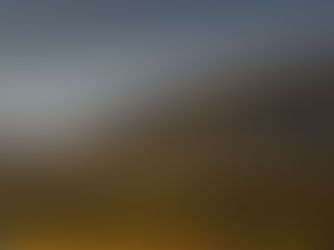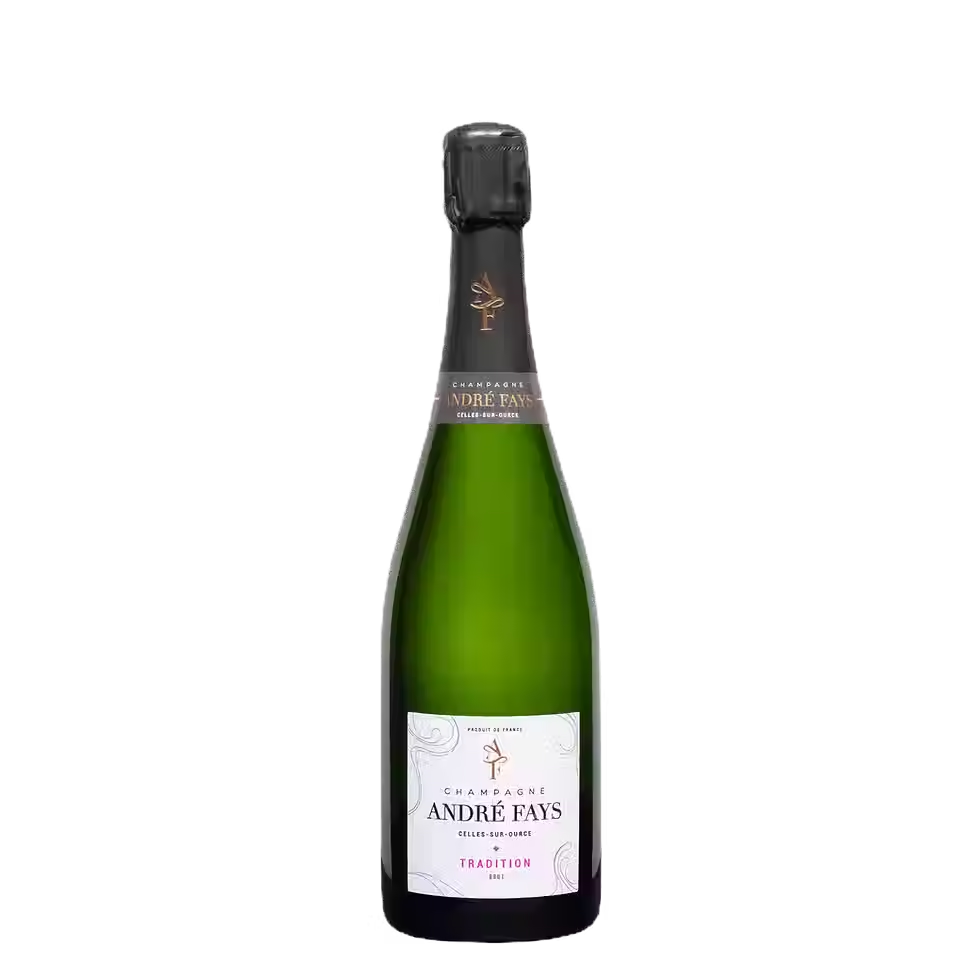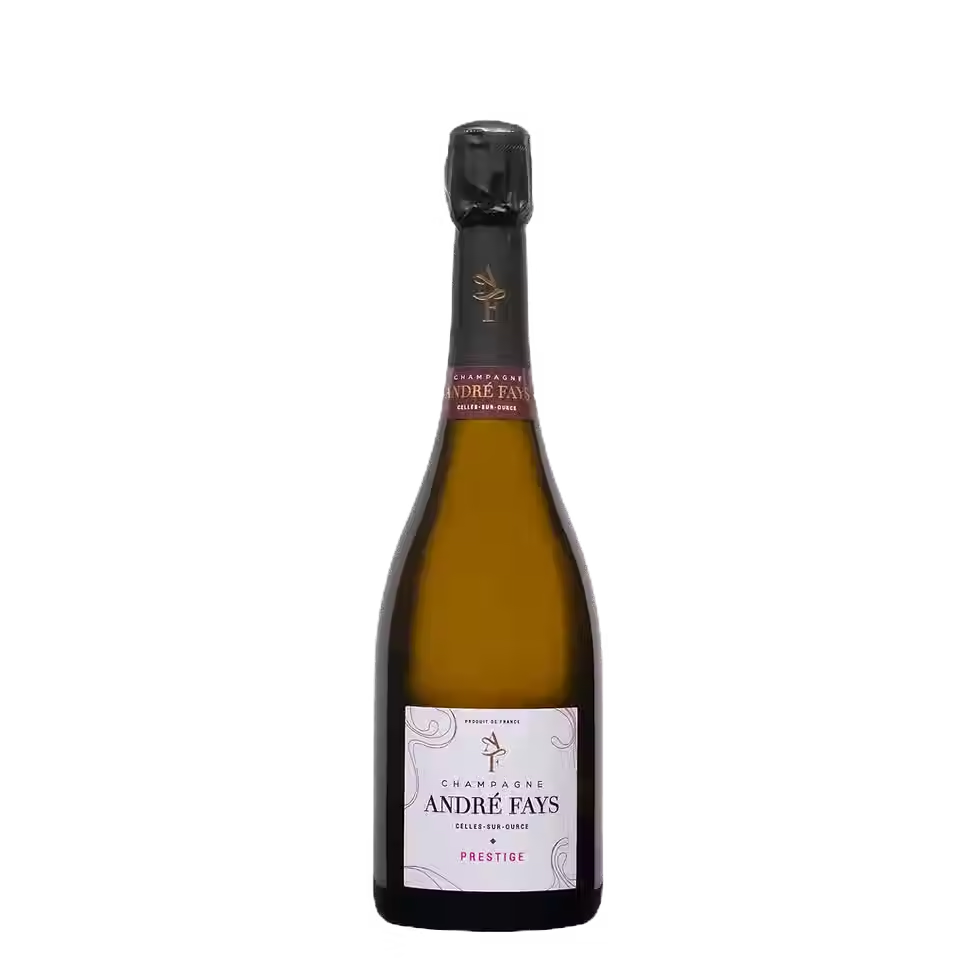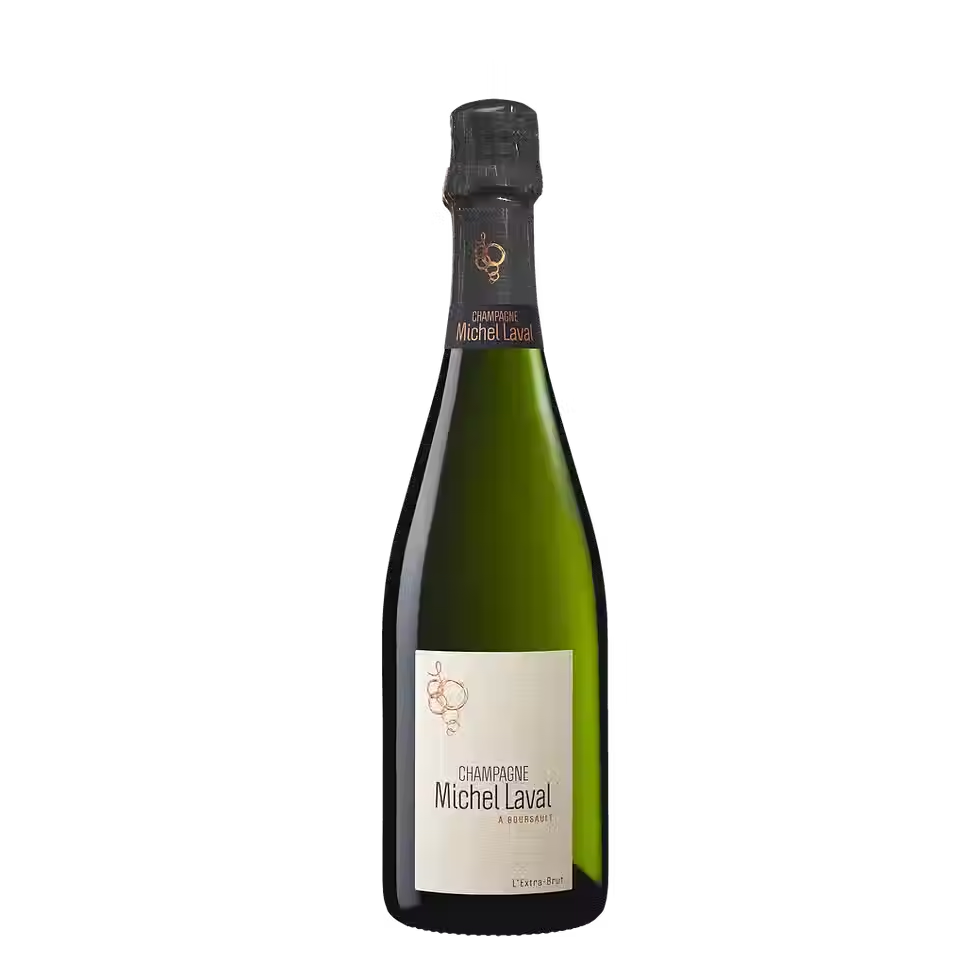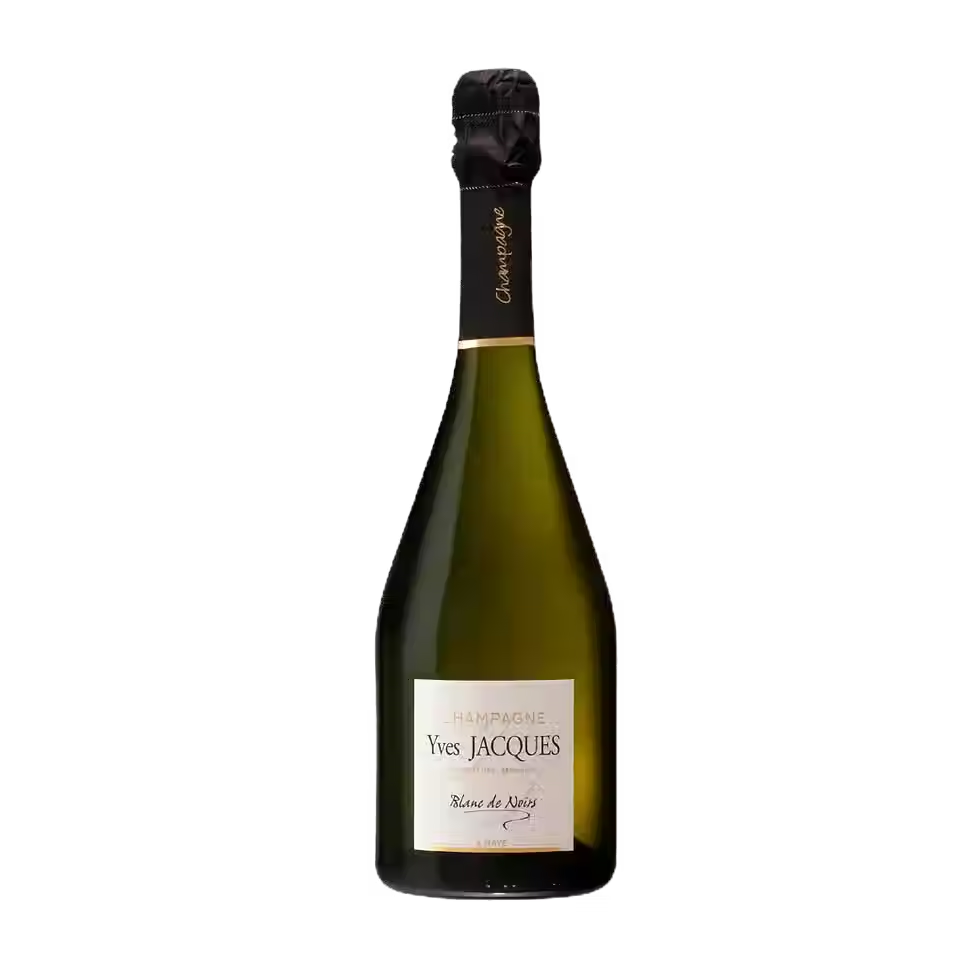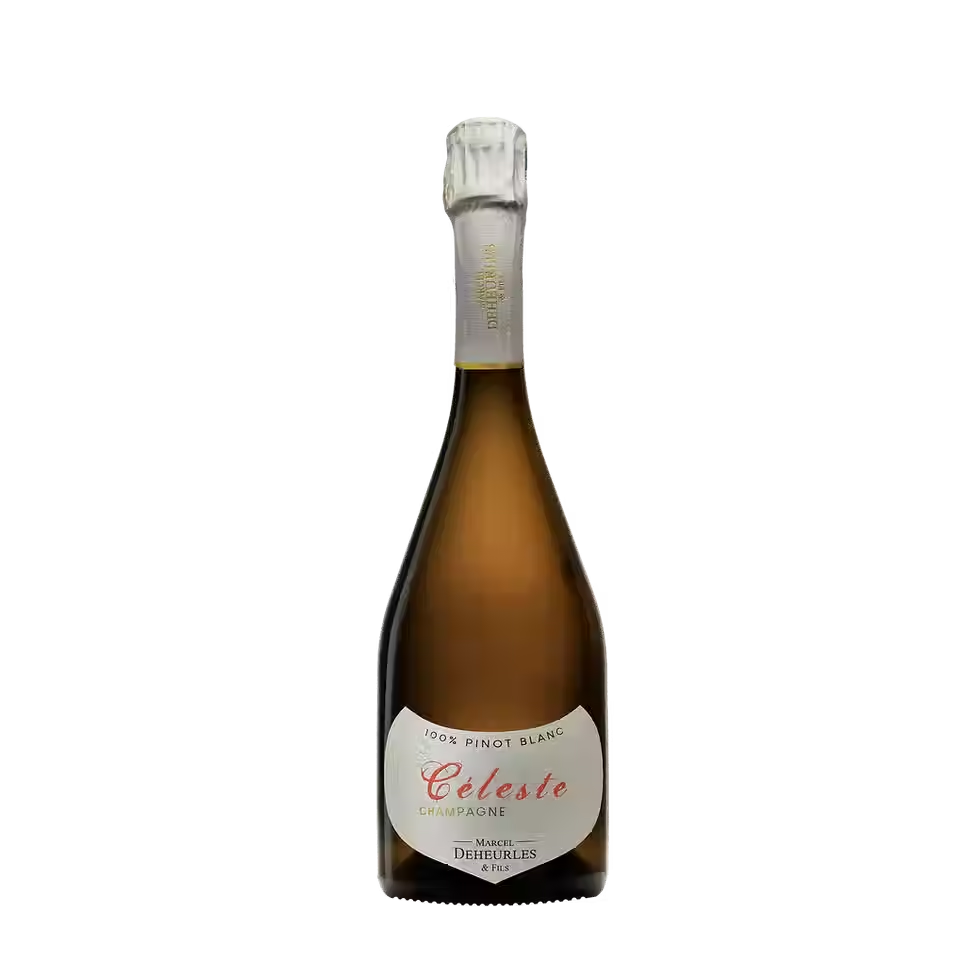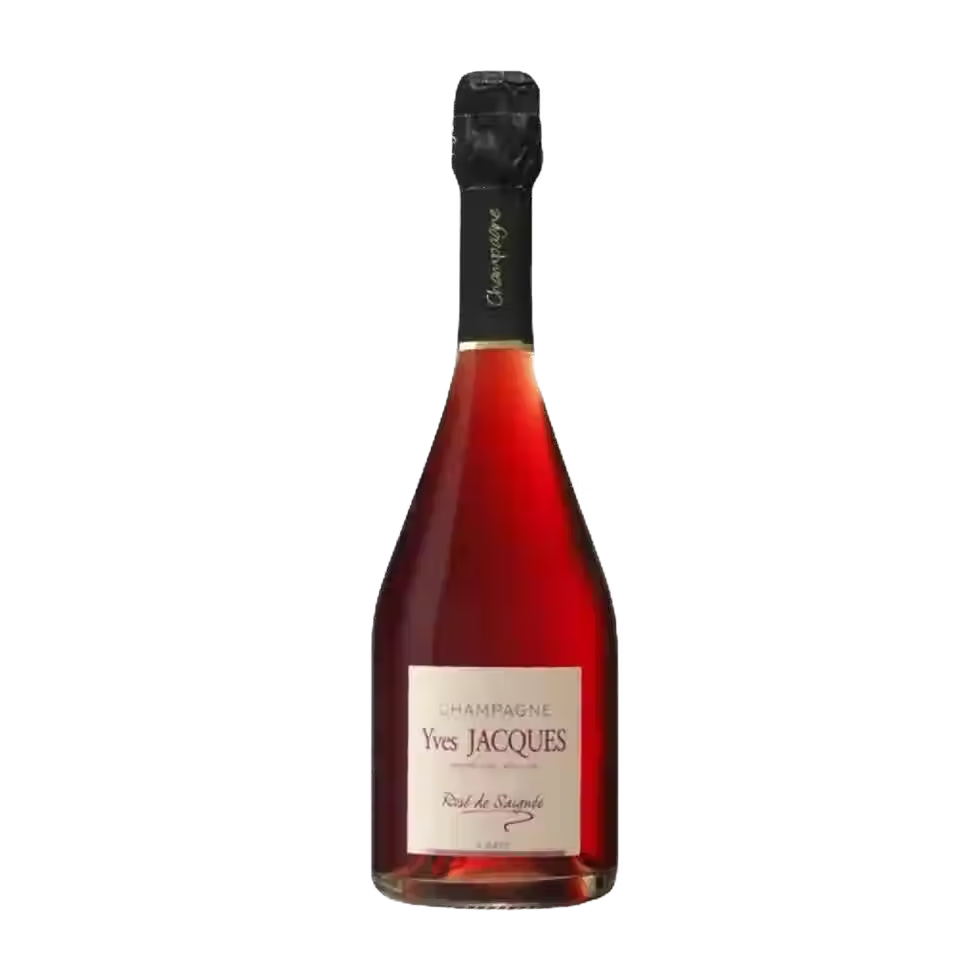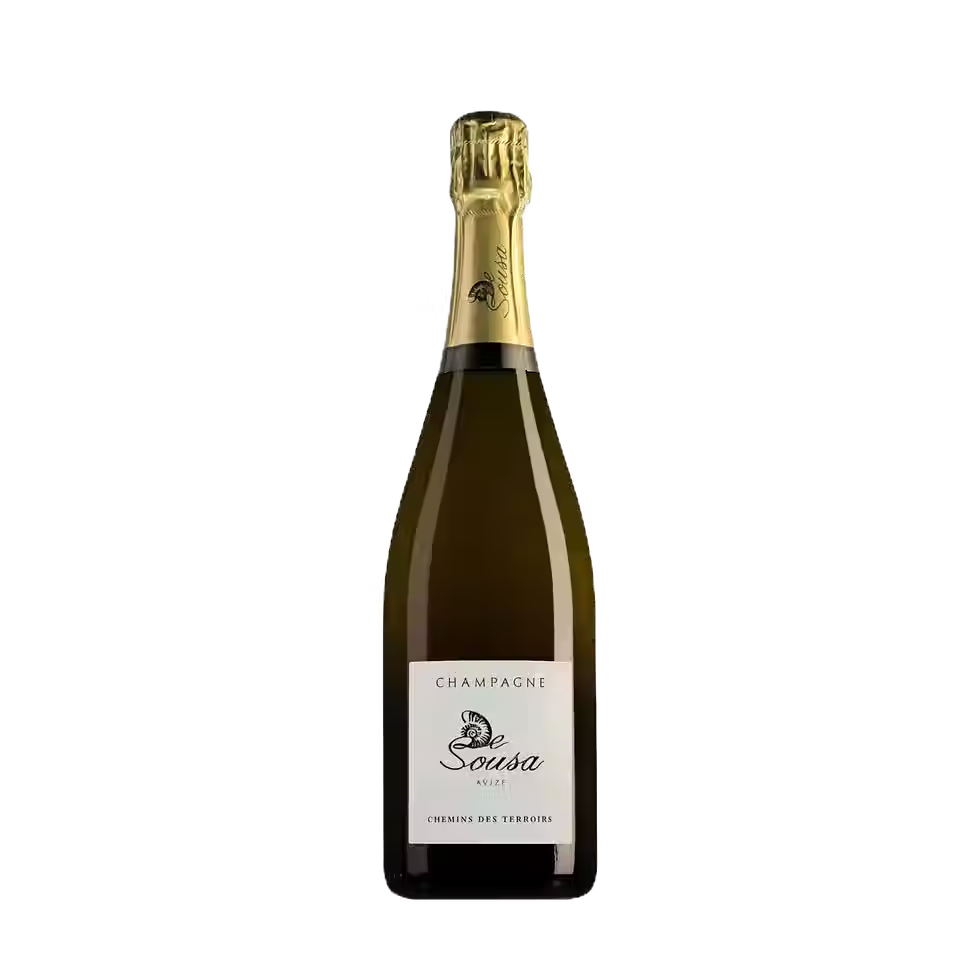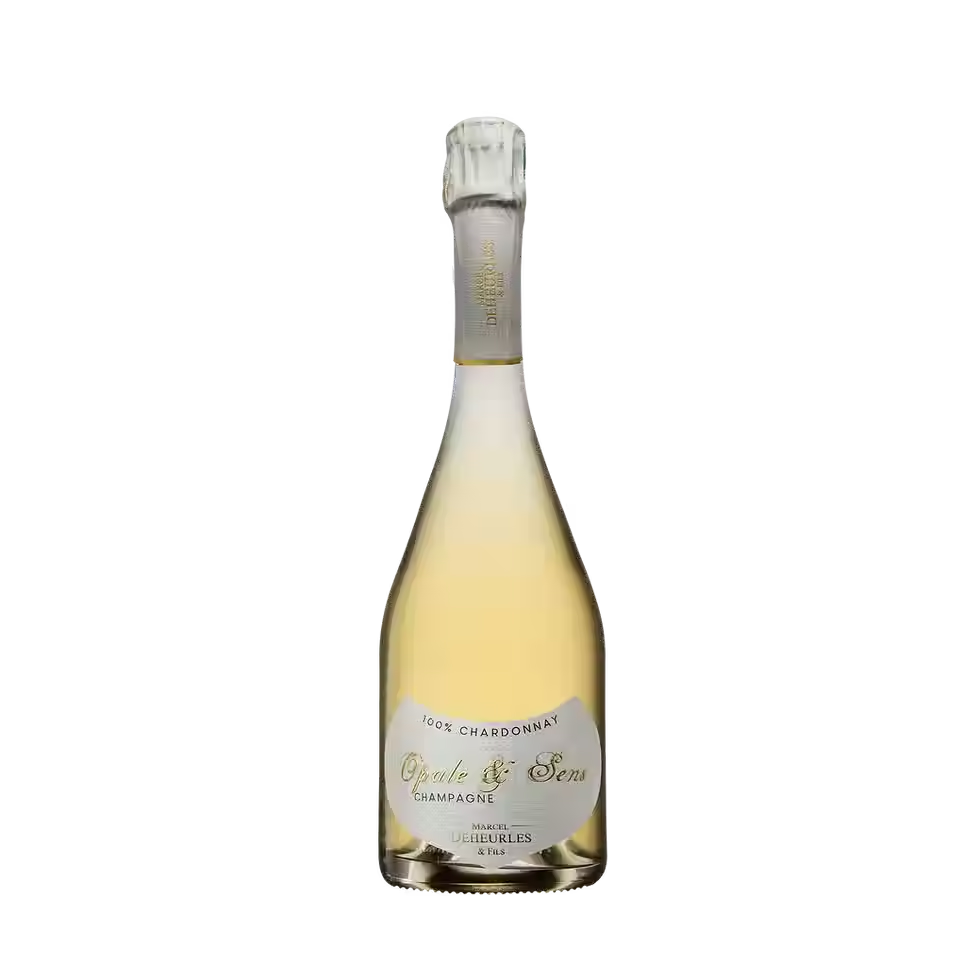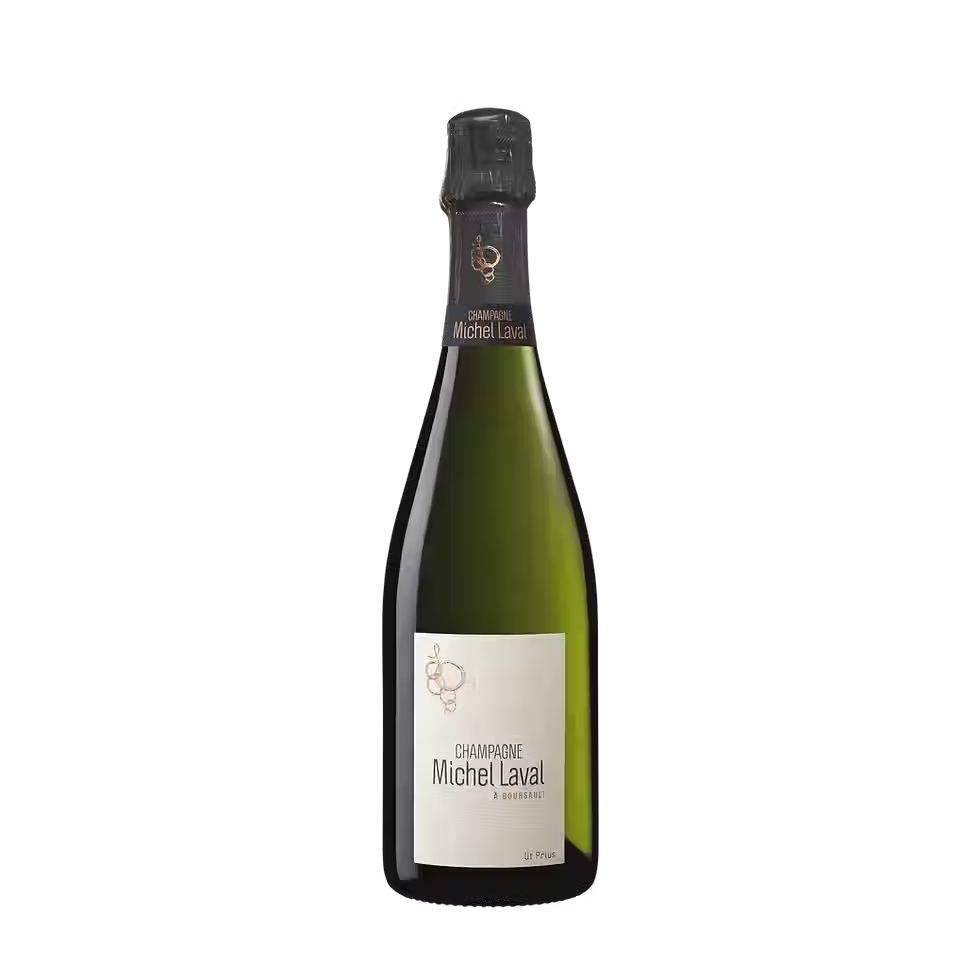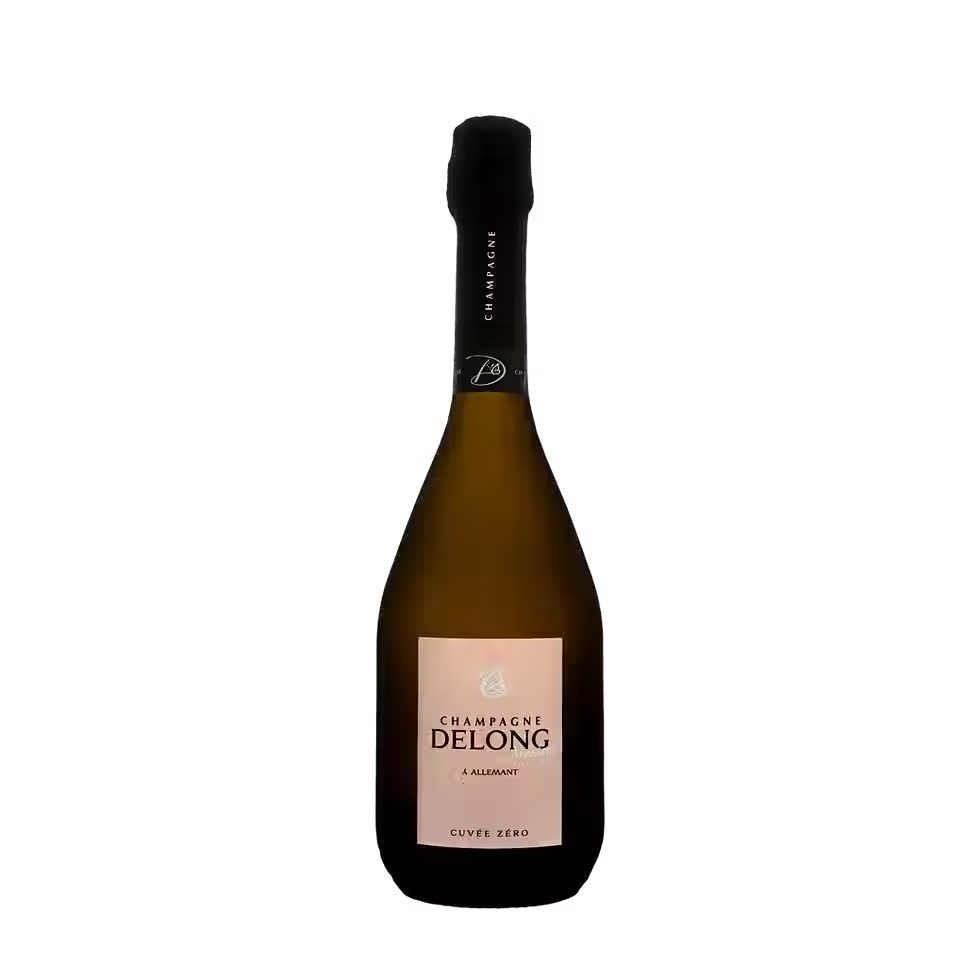Champagne's Grape Trinity Explained
- cecile-w
- Dec 14, 2023
- 2 min read
Updated: Jul 20

Which grapes are used to make Champagne?
Ever wondered what gives Champagne its unique sparkle, structure, and soul? It all comes down to the Champagne grapes, three primary varieties that define the region and shape every sip of this world-famous sparkling wine.
These three grapes make up 99% of all plantings in Champagne, each bringing distinct character and complexity to the blend. Let’s dive into the personalities of the Champagne Grape Trinity.
Chardonnay – The Elegant Star
A white grape celebrated for its finesse and freshness, Chardonnay is the pride of the Côte des Blancs region. It adds elegance, bright acidity, and minerality to Champagne blends.
Flavor Profile:
Crisp green apple
Lemon zest and citrus
Subtle notes of white flowers and fresh-baked brioche
Chardonnay is also the sole grape used in Blanc de Blancs Champagne, offering a pure, refined expression of white Champagne grapes. Explore our collection of Blanc de Blancs Champagnes.
Pinot Noir – The Bold and the Beautiful
As a red grape with serious presence, Pinot Noir thrives in the cool climates of the Montagne de Reims and the Vallée de la Marne. It contributes body, structure, and aromatic depth to Champagne.
Flavor Profile:
Red berries like cherry and raspberry
Hints of spice and earthiness
Full mouthfeel and lingering finish
Pinot Noir plays a starring role in many blends and is also featured in Blanc de Noirs, a Champagne made solely from dark-skinned grapes. Discover our collection of Blanc de Noirs Champagnes.
Pinot Meunier – The Underrated Charmer
Often considered the quirky cousin of Pinot Noir, Pinot Meunier is the hidden gem of the Champagne region. Grown mainly in the Vallée de la Marne, this grape brings youthful fruitiness and aromatic lift to the blend.
Flavor Profile:
Ripe pear and red berries
Floral notes and nutty undertones
Fresh, lively, and easy-drinking
Some artisanal producers now craft 100% Pinot Meunier Champagnes, offering a playful, floral style that's gaining a loyal following.
The Champagne Trinity in Action
Most traditional Champagnes are a blend of all three grapes, each chosen for balance and expression:
Chardonnay for elegance and aging potential
Pinot Noir for structure and complexity
Pinot Meunier for freshness and fruit
But not all Champagnes are blends.
A Champagne made only from Chardonnay is called a Blanc de Blancs.
A Champagne made from Pinot Noir and/or Pinot Meunier is known as a Blanc de Noirs.
Some producers specialize in 100% Pinot Meunier or 100% Pinot Noir for a unique twist on tradition.
Discover the Diversity of Champagne Grapes at The Champagne Fox
Whether you're a fan of crisp Blanc de Blancs, rich Blanc de Noirs, or beautifully balanced blends, our curated selection highlights the best expressions of Champagne grapes from independent producers.













